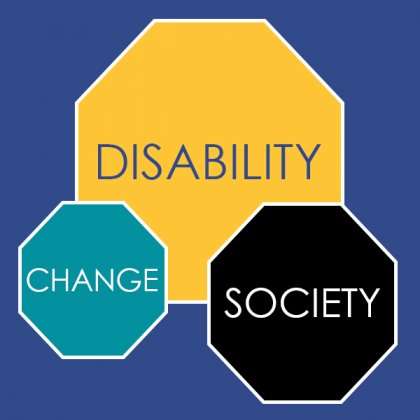Even in the 21st century, people have to campaign for equality. Change only comes about when different groups demand to be heard by governments and organisations. The reason that women have the right to vote is because of the years of sacrifices and determination that the Suffragettes made in the early 20th century. A similar movement is happening today with Black Lives Matter. We continue on with disability rights as well.
When we look at what equality means, it means that everyone should have access to the same services and opportunities. This includes equal pay, equal access to services and equal treatment from peers. Sadly, this is still not the case. For decades, disabled people have been campaigning to have jobs, use public transportation and become productive members of society.
People like Paul Hunt, who brought about the idea of the Social Model of Disability in the ’70s, discussed how it is a society that disables people. Throughout the ’80s and ’90s, people like Barbara Lisicki, Adam Thomas, and Agnes Fletcher (among others), helped shape changes, which includes their involvement in getting the Disability Discrimination Act passed in 1995. However, for this change to happen, disabled people and their allies, had to be drastic at times, including handcuffing themselves to busses, demanding to get on because they didn’t have ramps at the time, or protesting cinemas because wheelchair users were being made to leave because they were a ‘fire hazard’. The right to have equal access to services was currently unavailable to them.
Ruben, Doug Paully and other activists today, still challenge the ways society discriminates against disabled people. The world was designed by non-disabled people, for non-disabled people. We were never included nor consulted about architectural designs, laws or the ways information is delivered to people with impairments.
When we look at the fact that 21% of the U.K. population consider themselves to have an impairment, we are not referring to a small percentage of our population. Yet, disabled people are more than 3 times as likely to be unemployed than non-disabled people. 89% of senior business people had concerns about recruiting a disabled person to a senior role.
Change seems to only happen when we are proactive and in order to do that, we all could use an ally. Someone who understands the Social Model of Disability, and the barriers disabled people face on a daily basis. Barriers are not just physical, like steps or stairs, but communicational, organisational, financial, and attitudinal (to name a few). You can start by sitting down with a disabled person and having a discussion about what barriers they face and how you can help in overcoming them.

